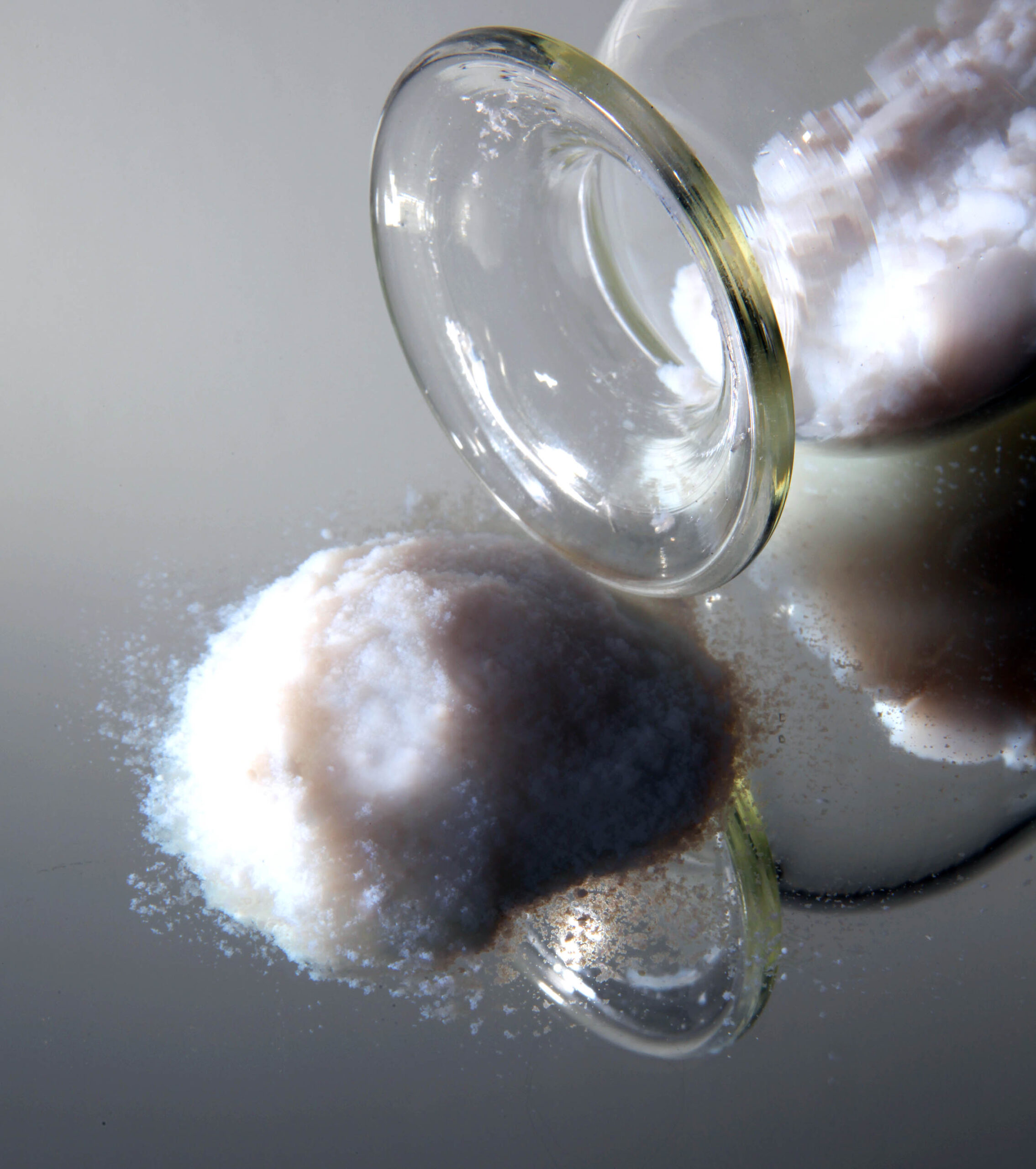Regulatory Status
Aside from national institutions the European Union has also different agencies in place assuring this important aim, i.e., ECHA, EFSA, EMA, JRC and scientific panels like RAC or SCCS. Most EU legislations in place address the hazard of chemicals with the aim to ensure a high level of protection of human health and the environment.
Reach
REACH stands for Registration, Evaluation, Authorisation and Restriction of Chemicals and is in place in the EU since 2007.
The aim is to protect human health and the environment from any potential hazard posed by chemicals, while maintaining and enhancing the competitiveness of Europe’s chemicals industry.
Any company manufacturing or importing a chemical substance – in quantities of one tonne or more each year – has to perform a registration under REACH. Registration includes intrinsic substance information on human and environmental hazards. Substances, which have been identified to pose a certain level of hazard to humans &/or the environment, through the substance evaluation &/or authorisation review, are subject to restrictions or authorisation, including a total ban.
SAS manufacturers have formed SASforREACH to manage and maintain the REACH registration. SAS is not subject to any restrictions or authorisations under REACH.
Classification, Labelling and Packaging of substances and mixtures (CLP)
The EU classification and labelling process is an ongoing regulatory regime that seeks to harmonise the classification of substances based on their hazard properties and provide labels that allow the safe handling and use of the substances. Hazard classification is based on the intrinsic properties of a substance or mixture and does not take into account exposure. Harmonised classifications are listed in Annex VI to the CLP Regulation and should be applied by all manufacturers, importers or downstream users of such substances and of mixtures containing such substances.
Currently, a public consultation for Silicon Dioxide (EC / List no: 231-545-4 CAS no: 7631-86-9) (also called Synthetic Amorphous Silica (SAS)) has been opened. The dossier has been submitted to ECHA by the Dutch National Institute for Public Health and the Environment (RIVM), proposing a harmonised classification (CLH) for all untreated forms of Silicon Dioxide as STOT RE 1 by inhalation, (H372).
The public consultation is now closed, you may find ASASP’s position here.
EFSA E 551 Opinion
On 17 October 2024, the European Food Safety Authority (EFSA) issued its opinion on the E 551 food additive. EFSA has concluded that E 551 as a food additive is safe for all age groups across its current uses.
ASASP collaborated with EFSA throughout the entire re-evaluation process, providing extensive data and studies to ensure a comprehensive assessment.
ASASP remains committed to transparency and ongoing scientific dialogue with regulators to uphold the highest safety standards for food additives.
Silicon Dioxide
(also commonly known as Synthetic Amorphous Silica (SAS) or silica) went through the process of substance evaluation from 2013 to 2021. In March 2022, the Dutch competent authorities published the intention to submit a harmonised classification (CLH) dossier on SAS to propose a classification as STOT RE 1, H372. This designation stands for “endpoint specific target organ toxicity – repeated dose toxicity (STOT RE)” and refers in case of SAS to the target organ lung/respiratory tract.
ASASP does not agree with the classification proposal. Detected inflammation in the lungs of test animals (rats) is not based on the intrinsic properties of SAS but are identified as particle induced effects, which do not warrant a classification. ASASP is of the opinion that the substance and the particle size used, as required by the OECD Test Guidelines, do not correspond to the particle sizes of SAS, as placed on the market. Since it is not the substance itself which generates the observed lung effect but respirable dust particles below a specific size, this has to be reflected in any toxicological assessment.
Synthetic amorphous silica is currently not classified according to GHS/CLH rules and it is not regulated in any other parts of the world.

Pyrogenic HMDZ-treated SAS
In December 2019, RAC (ECHA Committee for Risk Assessment) proposed to classify pyrogenic HMDZ-treated SAS (also called Silanamine) as STOT RE 2 (H373: “may cause damage to organs”) and as Acute Tox 2 (H330: “fatal if inhaled”). HMDZ-treated SAS is a synthetic amorphous silica (SAS), which has been modified to give a hydrophobic SAS. It is a low-density powder (“fluffy”) substance form; i.e., a small quantity (mass) of powder occupies an extraordinarily large volume.
Pyrogenic HMDZ-treated SAS has been classified under CLP as STOT RE 2 (18th ATP), but ASASP still believes that the STOT RE classification is not warranted, and further research program is ongoing to demonstrate that the effects are not SAS-specific but particle-specific.
Regarding the Acute Tox 2 classification, pyrogenic HMDZ-treated SAS has been going through a process of reassessment by RAC. In June 2023, RAC changed the Acute Tox 2 classification to no classification.
This change was due to the clear scientific evidence through a new study demonstrating that pyrogenic HMDZ-treated SAS is not an acute toxicant by inhalation. In fact, the study (going beyond the current requirements of OECD TG 436 protocol) confirms a physical blockade of the upper respiratory tract by agglomerated HMDZ-treated SAS as cause of death by suffocation. It also included a detailed aerosol generation and behaviour review plus an histopathological investigation to determine the cause of test animal death.
SASforREACH Studies are published in Frontiers:
Biocide Regulation
“a pyrogenic and a wet silica are approved as an existing active substance for use in biocidal products of product-type 18 (Insecticides, Acaricides and Products to Control Other Arthropods), in particular, the control of fowl-infesting ectoparasites in poultry houses, by professional operators.”